Raising the Bar for MVPs in the Age of AI
8/12/20253 min read
Engineering with Experience and AI
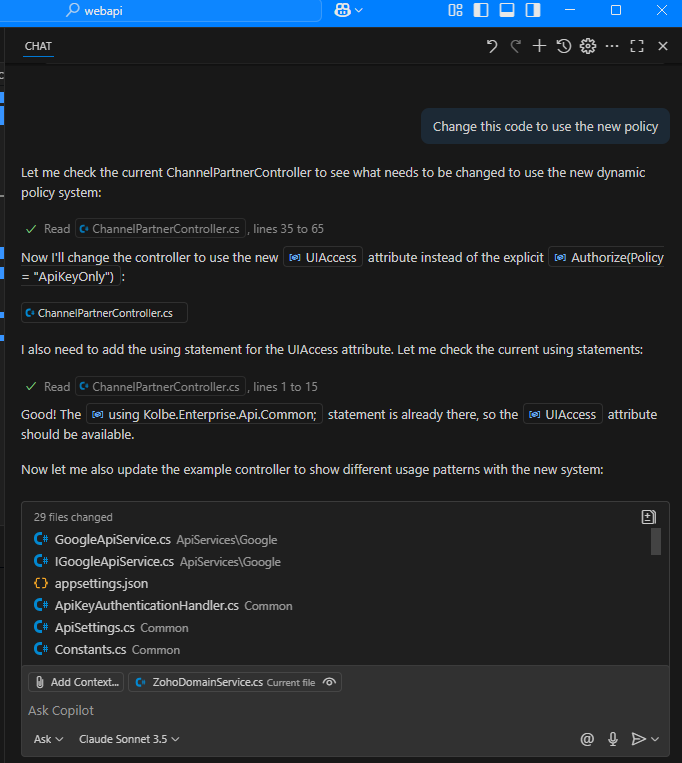

In the past, a minimum viable product (MVP) was often a barebones prototype—just enough to validate a concept. It might ship with a few enhancements to stand out in the market, but it typically left plenty of room for improvement.
Today, with AI tools like GitHub Copilot boosting developer productivity, the baseline for MVPs is shifting. We're no longer just validating ideas—we're building scalable, secure, and user-friendly products from day one.
Having worked across industries like insurtech, edtech, and ecommerce, I’ve seen the trade-offs of different architectures and design decisions. I now use that experience—combined with AI tools—to rapidly build prototypes that are:
Designed to scale
Secure by default
Integrated with CI/CD pipelines
Let's take a high level look at a recent project of mine that exemplifies this shift.
Rebuilding Our eCommerce Site with Next.js
We’re rebuilding our company's eCommerce platform using Next.js (React/TypeScript). But we didn’t want just another generic search bar—we aimed to deliver a delightful user experience.
Step 1: Collaborate Early
We partnered closely with product owners during agile ceremonies like sprint planning and refinement to align on goals and timelines.
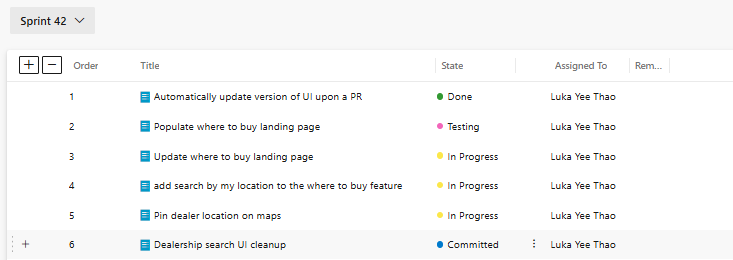

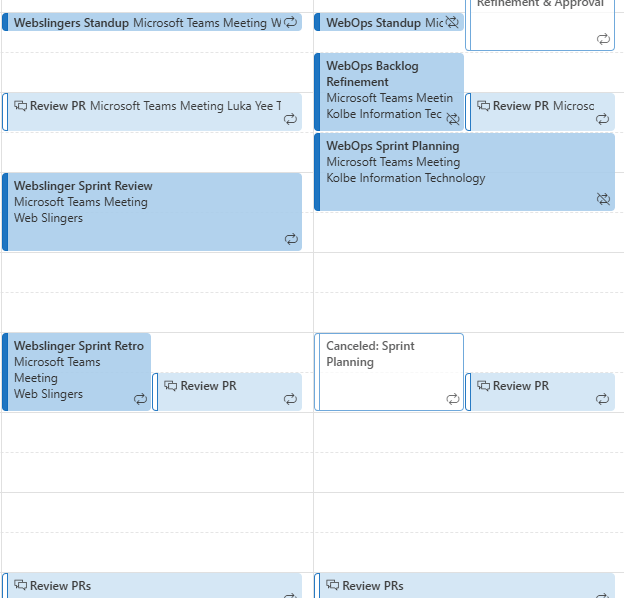

Step 2: Backend First with Domain-Driven Design
We started by building the backend using domain-driven development. This allowed us to:
Create clean layers of abstraction
Make business logic easily testable
Delay infrastructure decisions without compromising scalability
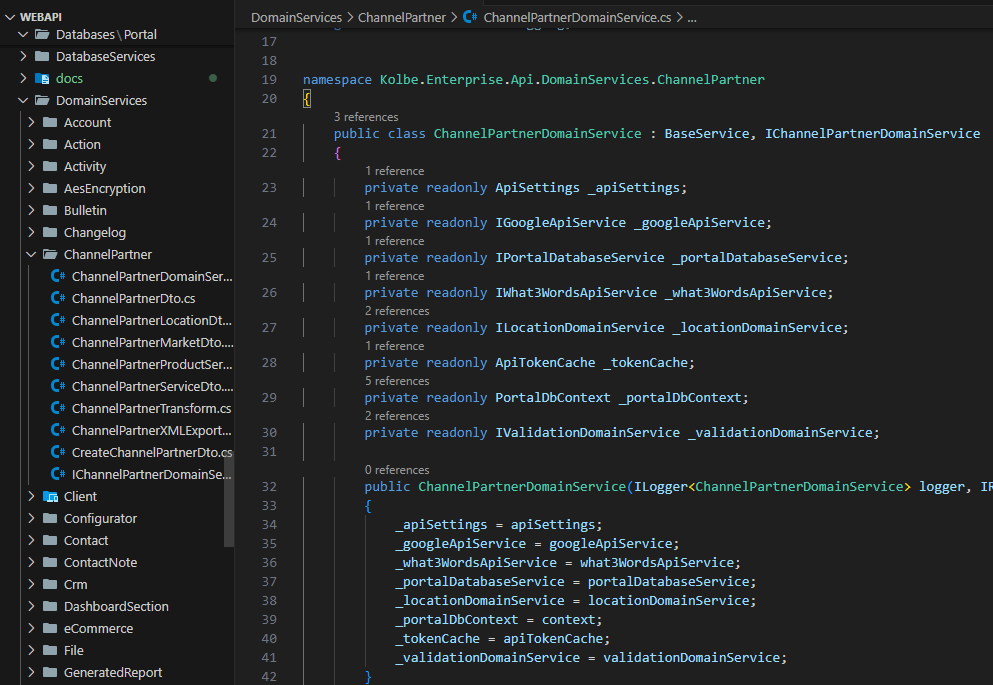

Step 3: Secure by Default
Instead of stopping at a working endpoint, we raised the bar by implementing robust security measures:
Input validation & sanitization: Expecting addresses, so we stripped special characters.
Rate limiting: Prevent abuse of public-facing endpoints.
API versioning: Simplifies future upgrades.
Multi-client authentication: Enables secure access for multiple UIs.
These improvements weren’t just for this feature—we rolled them out across other endpoints too.
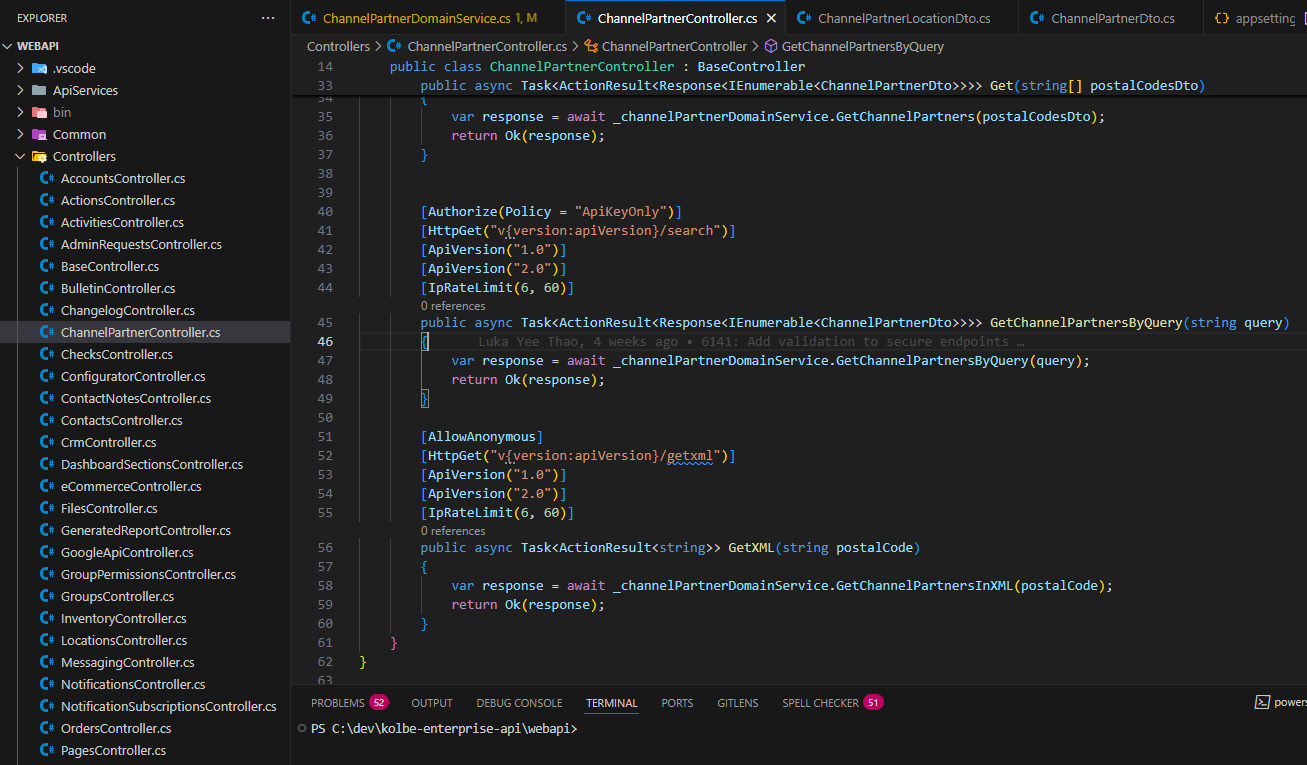

Step 4: Frontend with Micro Frontends & MVVM
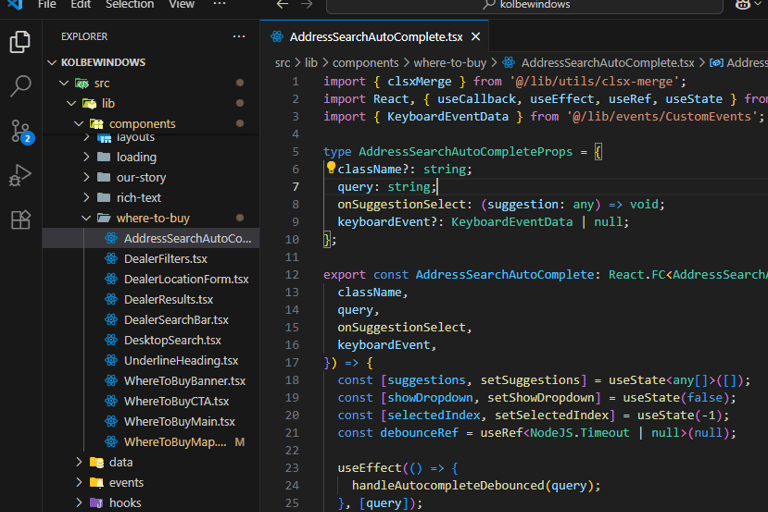

On the frontend, we followed a micro frontend architecture and refactored into MVVM and BFF patterns. This enabled:
Dynamic rendering via client-side API calls to local server-side functions
Protection of sensitive data like client secrets
Step 5: Autocomplete, Geolocation, and other features
We implemented:
Autocomplete with debounce for smoother input
Search near me using the Navigator API and Google Places API for geocoding
A search filter UI
Test data for stakeholder demos




Outcome: More Than Just an Endpoint
In one sprint, I didn’t just build a search API—I delivered:
A beautiful user experience
A reusable authentication policy
Elevated security standards for our team
A scalable foundation for future features
Tradeoffs
We had to sacrifice scalability and performance for a quick turnaround. However, the initiative here is rebuild the ecommerce site and get it up and running asap. However we did maintain a separation of logic, so when we do move these to microservices the move will almost be a simple lift and shift.
Future Work
In the near future we plan to move to microservices using Azure Functions. Domain services can easily be moved to lightweight highly available instances on Azure App Services.
